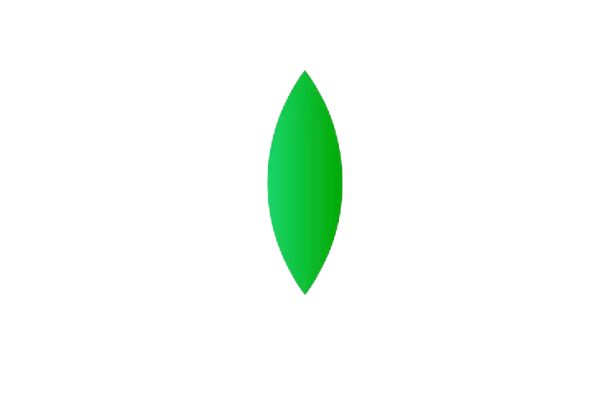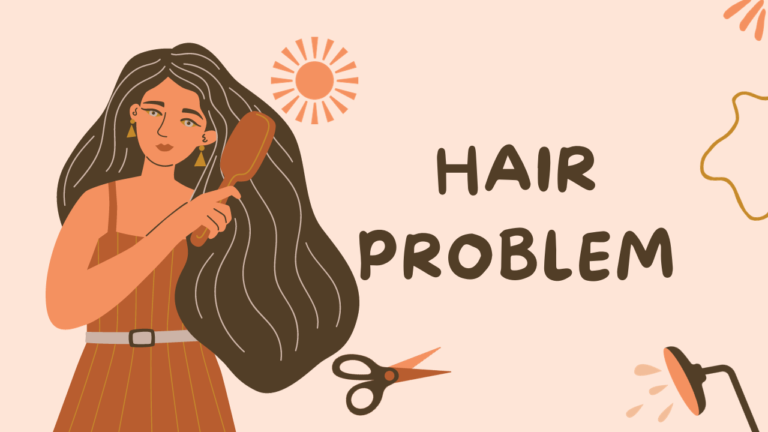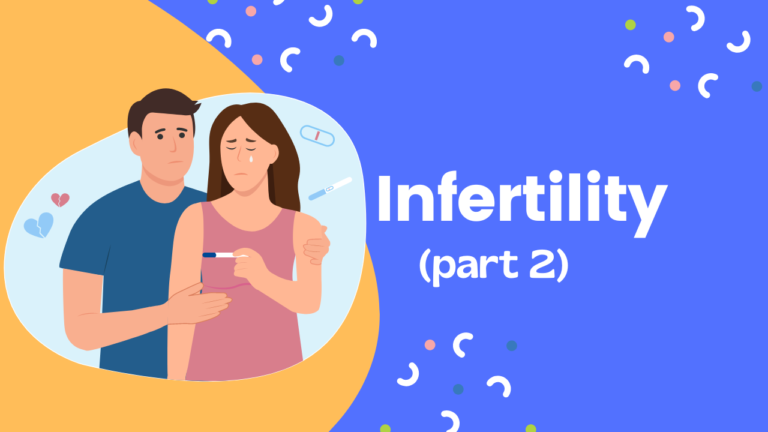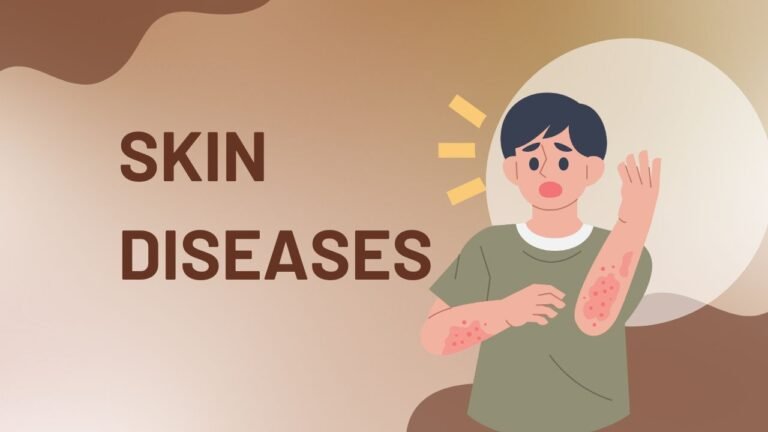ACNE AND PIMPLES
ACNE AND PIMPLES
Acne is a skin condition characterized by red pimples on the skin, especially on the face, due to inflamed or infected sebaceous glands and prevalent chiefly among adolescents. Acne is a skin condition that occures when your hair follicles become clogged with oil and dead skin cells. Acne is a disease, but pimples are one of the symptoms.
What is Acne?
Acne is a common skin condition that occurs when hair follicles become clogged with oil and dead skin cells. It’s a skin condition due to trigger.
1. Excess Oil (Sebum): Sebaceous glands in the skin produce an oily substance called sebum, which helps keep the skin moisturized. However, in individuals prone to acne, these glands can produce excess sebum, leading to an oilier complexion. The excess oil can contribute to the clogging of hair follicles.
2. Clogged Pores: The hair follicles or pores can become clogged with a combination of excess sebum and dead skin cells. This creates an environment where bacteria can thrive and contribute to inflammation.
3. Bacteria on the Skin: bacteria naturally lives on the skin’s surface. When hair follicles become clogged, acnes can multiply and trigger an immune response, leading to inflammation and the formation of acne lesions.
-sebaceous gland secretes sebum.
Types of skin
1.Dry Skin (Less Sebum secretion)– Dry skin is a result of less sebum secretion by sebaceous gland. It is generally characterized by a feeling of tightness and roughness. It may also acquire an ashy gray color, with itching, redness and small cracks.
2. Normal Skin (Normal Sebum secretion)– This skin is neither too dry nor too oily. It has regular texture, no imperfections and a clean, soft appearance, and does not need special care. The sebum secretion by the sebaceous gland is normal in this type of skin.
3.Oily skin (Excess Sebum secretion)– Oily skin has a porous, humid and bright appearance. It is caused by excessive sebum secretion by sebaceous glands, and usually determined by genetic and/or hormonal causes.
Major causes of acne: –
1. Hormonal Influence: Hormonal changes, particularly during puberty, menstruation, pregnancy, and conditions like polycystic ovary syndrome (PCOS), can lead to an increase in oil production and contribute to acne development.
2.Follicular Hyperkeratosis: This refers to the abnormal accumulation of dead skin cells around hair follicles, leading to pore blockage and the formation of acne lesions.
3.Propionibacterium Acnes: The bacterium P. acnes, which naturally resides on the skin, can proliferate in clogged hair follicles, triggering an inflammatory response that results in acne.
4.Inflammation: Inflammation is a key component of acne. When the hair follicles become clogged and bacteria multiply, the immune system responds with inflammation, leading to redness, swelling, and the formation of different types of acne lesions.
Other Factors: –
1.Family History: Genetics can play a role in determining an individual’s susceptibility to acne. If your parents or siblings had acne, you may be more likely to develop it as well.
2.Stress: While the direct link between stress and acne isn’t fully understood, there is evidence suggesting that stress can exacerbate existing acne or contribute to its development.
3.Makeup: Certain makeup products, especially those that are oil-based or comedogenic, can contribute to pore clogging and acne. It’s important to choose non-comedogenic products.
4.Excess Use of Face Wash: Over washing or using harsh cleansers can strip the skin of its natural oils, leading to increased oil production as a compensatory response. This can potentially worsen acne.
Types of pimples
1.White Heads-They are clogged pores close to hair.
2.Black Heads-If the clogged pores are exposed to air, it turns into a darker color and appears as a blackhead.
3.Pustules-If the clogged pores contain pus in them and are highly inflamed, we call them pustules.
4.Nodules-They are deeper within the skin and are hard to touch.
5.Cyst- If the clogged pores are larger, pus filled and located deeper in the skin, called cyst.
Laboratory tests
1. Blood Test –
-C.B.C
-E.S. R
2. Hormonal Test-
-PCOS
-PCOD
-Prolactin
-TSH
-Physical examination
-Obesity
-Premenstrual syndrome
-During menopause period
Diet:-
Avoid Having: –
1. Milk
2. Cheese
3. Butter
4. White sugar
5. Chocolates
6. Ice creams
7. Bread
8. Maida
9. Fast food
10. Cold water
Ok to have: –
1. Curd
2. White Rice
3. Wheat
4. Buttermilk
5. Paneer
Good to have: –
1. Balanced diet
2. Ghee
3. All fruits and vegetables
4. Walnuts
5. Flaxseeds
6. Melon Seeds
7. Fiber
Naturopathy Treatment
1. Mud Application (Rose water / Butter)
2. Steam bath
3. Cold pack or wet pack
4. Enema
Yoga Aasanas:-
1.Pranayam
2. Trikunasan
3. Chakrasan
4. Hast Padasan
6.Sarwangasan
7.Yog Mudra
Engaging in regular yoga practice can potentially contribute to clear and healthy skin.
Herbs
1. Tulsi
2. Haldi
3. Wheat Grass
4.Alovera
5. Trifala
6. Punarnava
7. Giloy
8. Neem
Secret drinks
1. Ashgourd & Mint
2. Fresh coriander & Curry leaves
3. Amla
4. 200ml Coconut milk + 1 carrot + Pinch of Haldi & Honey
5. Two Tomatoes + 30gm fresh coriander + Ginger + Tulsi + Turmeric
Natural Face Pack
1. Activated charcoal powder – 1 tbs
-Aloe Gel – 1 tbs
-Tea tree oil – 2 to 3 drops
2. Rice Flour – 2 tbs
-Lemon Juice – 1 tbs
-Honey – 1 tbs
3. Orange peel powder – 1 tbs
-Rose water – 2 tbs
4. Apply any pack gently for 15 to 20 minutes and rinse with warm water
5. Daily application for 10-15 days.








